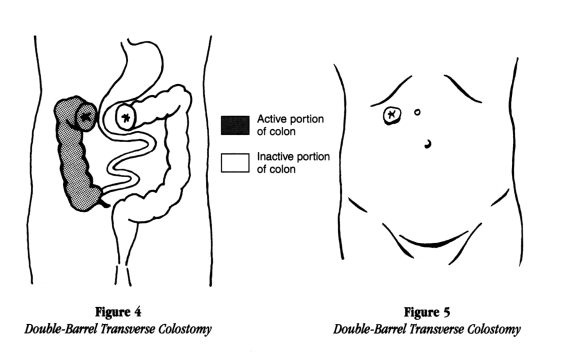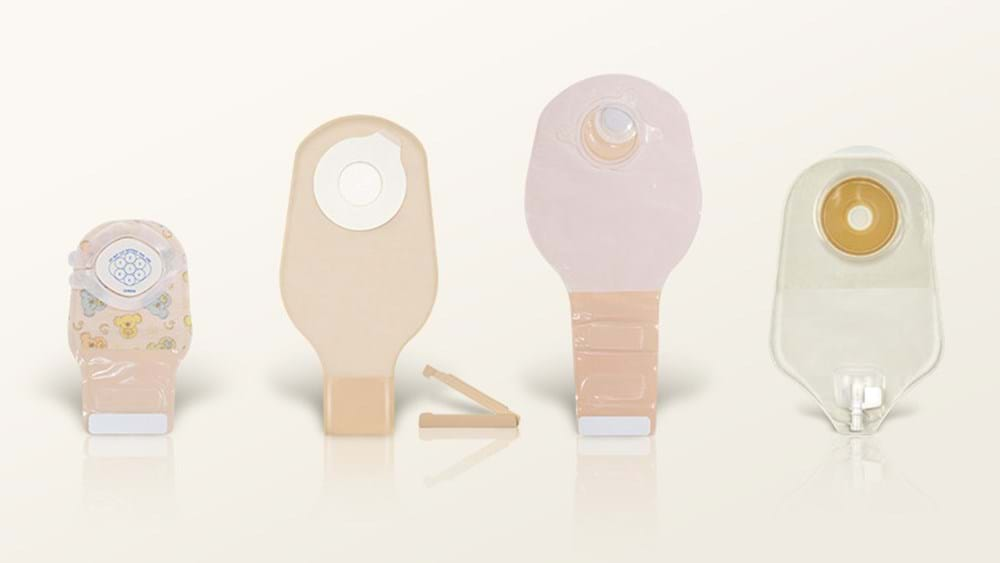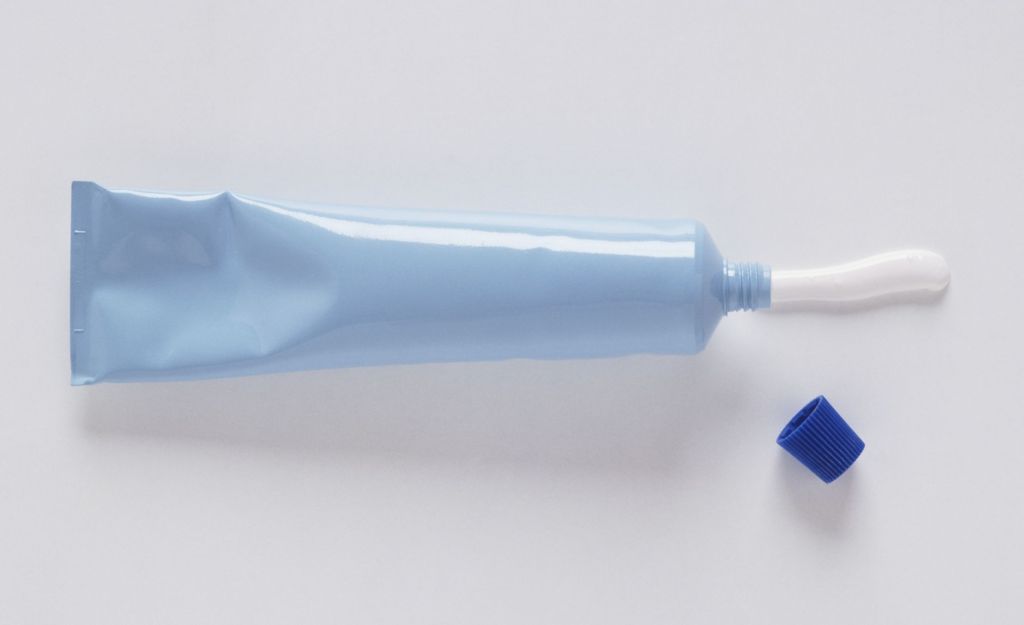Three types of colostomies exist ileal, urostomy, and double-ended. The type depends on the part of the intestine being used for creating the opening in the body. The pouching system typically comes in one or two-piece systems.
Colostomy Urostomy Anterior: Urostomy or anterior stoma with a loop ileal conduit (IC) This is an opening that has been brought through the abdomen wall near the belly button. A bag attaches to it and can be emptied as needed. A loop of the small intestine is used for the stoma, unlike other types of colostomies.
Colostomy Urostomy Proximal: Urostomy or proximal stoma with a loop ileal conduit (IC) This type of urostomy is similar to the anterior urostomy, except that the opening is closer to the back of the body. A bag attaches to it and can be emptied as needed. A loop of the small intestine is used for the stoma, unlike other types of colostomies.
Colostomy Double-ended: Colostomy with continent ileal reservoir (CIR) This is an opening that has been brought through the abdomen wall. A bag attaches to it and can be emptied as needed. A small reservoir called a “Kock pouch” lies over the stoma and collects stool, which can be drained manually by the patient or emptied by a caregiver at intervals. The reservoir is an alternative to disposable bags and can be worn for long periods of time. The small intestine is used for the stoma, unlike other types of colostomies.

Temporary Colostomy Anterior: Colostomy with a mucous fistula (MF) This is an opening that has been brought through the abdomen wall. It collects stool in a disposable bag, but unlike other types of colostomies, this type does not have a stoma. Instead, it has a thin tube or “fistula” which brings stool out through the skin. A small opening in the abdomen allows the patient to manually empty the stoma as needed.
Ileal: An ileal (end) colostomy is created by taking usually 20-50 cm of the small intestines and creating a new rectum and anus. The end of the intestine would be brought to the surface of the abdomen and stitched into place. A stoma will form and will produce stool normally for the most part. The average pouch holds about 350 ml (12 oz). Often, a small external bag is worn over the stoma to help contain and protect it and to give it added protection against accidental injury.
Which Colostomy is Best For You
All types of colostomies have advantages and disadvantages. In general, the type of stoma a patient has is determined based on the location of the tumor in relation to the colon, which dictates which organs can be safely retained or removed.
One-piece appliances are easier to use but tend to cost more because they require a specialist to assemble the pouch and connectors during surgery.

Two-piece appliances are less expensive but require more daily maintenance, such as cleaning the skin around the stoma. Two-piece appliances also make it easier for people to return to their normal lives after colostomy because they can be disconnected at night or when on vacation. However, two-piece appliances tend to leak more often.

